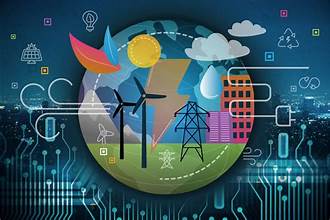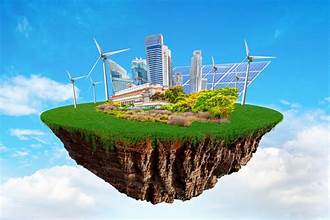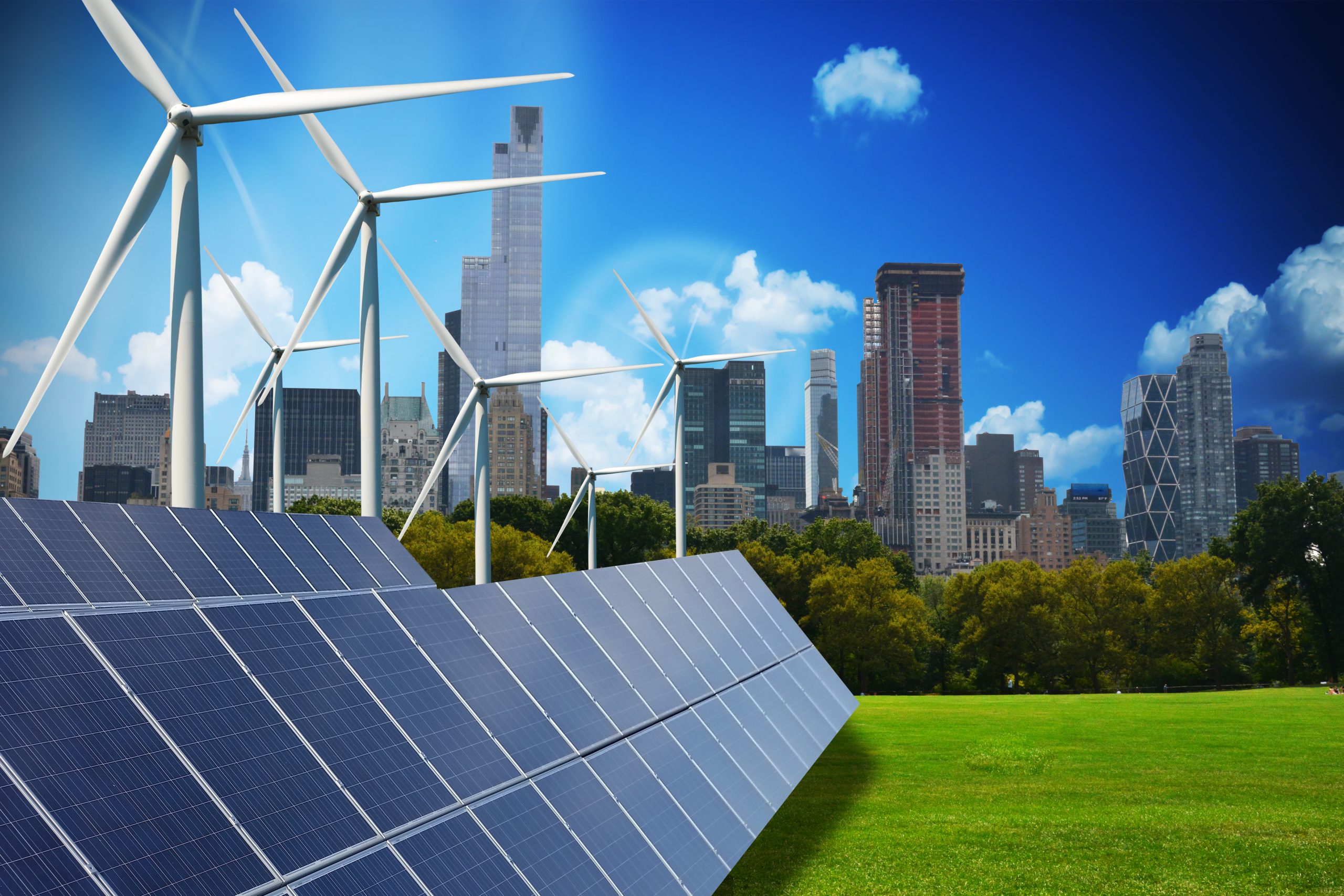
As the global community faces pressing environmental challenges, the adoption of green technologies has emerged as a pivotal factor in advancing sustainable development. Green technologies, which encompass a broad range of innovations designed to minimize environmental impact, are reshaping industries and driving us towards a more sustainable future. This article explores the significant impact of these technologies on sustainable development, highlighting key innovations and their implications.
1. Understanding Green Technologies
Green technologies, also known as clean or eco-friendly technologies, are designed to reduce or eliminate the negative environmental impacts associated with traditional practices. These technologies focus on enhancing energy efficiency, reducing waste, and lowering emissions. The goal is to create solutions that support sustainable development by conserving natural resources and promoting ecological balance.
2. Innovations in Renewable Energy
One of the most significant areas of green technology is renewable energy. Innovations in this field are crucial for reducing our reliance on fossil fuels and decreasing greenhouse gas emissions. Key advancements include:
- Solar Power: Modern solar panels are more efficient and affordable than ever. Innovations in photovoltaic technology, such as bifacial panels that capture sunlight from both sides, are enhancing energy output. Additionally, solar thermal technologies are improving heat collection for residential and industrial applications.
- Wind Energy: Advances in turbine design and materials have led to larger and more efficient wind turbines. Floating wind farms are also emerging as a solution for deep-water locations, expanding the potential for wind energy generation.
- Hydropower: New technologies in hydropower, such as micro-hydro systems and hydrokinetic turbines, are making it possible to harness energy from smaller water flows and currents, reducing the impact on aquatic ecosystems.
3. Energy Storage and Efficiency
Effective energy storage and efficiency technologies are critical for maximizing the benefits of renewable energy sources. Innovations in this area include:
- Battery Technologies: Improvements in lithium-ion and solid-state batteries are enhancing energy storage capabilities. These advancements support the integration of renewable energy into the grid and provide reliable power for electric vehicles (EVs).
- Smart Grids: Smart grid technologies enable more efficient energy distribution by using digital communication and automation. This leads to reduced energy loss, improved grid reliability, and better integration of renewable energy sources.
- Energy-Efficient Buildings: Green building technologies, such as advanced insulation materials, energy-efficient windows, and smart HVAC systems, are reducing energy consumption in residential and commercial structures.
4. Sustainable Agriculture and Food Production
Green technologies are also transforming agriculture and food production to promote sustainability. Innovations include:
- Precision Farming: Technologies such as GPS and IoT sensors enable precision farming, which optimizes the use of water, fertilizers, and pesticides. This reduces waste and minimizes environmental impact.
- Vertical Farming: Vertical farming utilizes stacked layers to grow crops in urban environments, reducing the need for transportation and land use. This method also allows for year-round production, enhancing food security.
- Plant-Based Proteins: Advances in food technology are leading to the development of plant-based proteins and lab-grown meats. These alternatives have a lower environmental footprint compared to traditional animal farming.
5. Waste Management and Recycling Technologies
Effective waste management and recycling are essential for minimizing environmental impact. Key innovations include:
- Circular Economy: The circular economy model focuses on designing products for reuse, repair, and recycling. This approach reduces waste and conserves resources by keeping materials in circulation for longer periods.
- Advanced Recycling Technologies: Innovations such as chemical recycling and waste-to-energy technologies are improving the efficiency of recycling processes and reducing landfill waste.
- Biodegradable Materials: The development of biodegradable materials, such as bioplastics, offers a sustainable alternative to traditional plastics. These materials break down more easily and have less impact on the environment.
6. The Role of Policy and Collaboration
The successful implementation of green technologies relies not only on innovation but also on supportive policies and collaboration. Governments, businesses, and research institutions must work together to create an enabling environment for green technologies. This includes:
- Regulatory Support: Policies that incentivize the adoption of green technologies, such as tax credits and subsidies, can accelerate their deployment.
- Public-Private Partnerships: Collaboration between the public and private sectors can drive research and development, as well as facilitate the commercialization of new technologies.
- Global Cooperation: Addressing global environmental challenges requires international cooperation. Sharing knowledge and resources can enhance the effectiveness of green technologies and promote sustainable development worldwide.
7. Looking Ahead: Future Trends in Green Technologies
As we move towards a more sustainable future, several trends are likely to shape the green technology landscape:
- Artificial Intelligence (AI) and Machine Learning: AI and machine learning will play a crucial role in optimizing energy usage, improving predictive maintenance, and enhancing the efficiency of green technologies.
- Blockchain Technology: Blockchain has the potential to improve transparency and traceability in supply chains, support carbon trading, and enhance the security of renewable energy transactions.
- Bioengineering: Advances in bioengineering may lead to new sustainable materials and processes, further reducing our environmental impact.
Conclusion
Green technologies are at the forefront of sustainable development, offering innovative solutions to some of the world’s most pressing environmental challenges. By advancing renewable energy, enhancing energy storage and efficiency, transforming agriculture, improving waste management, and fostering collaboration, these technologies are shaping a more sustainable future. As we continue to embrace and develop these innovations, we move closer to achieving a balanced and resilient planet for future generations.

